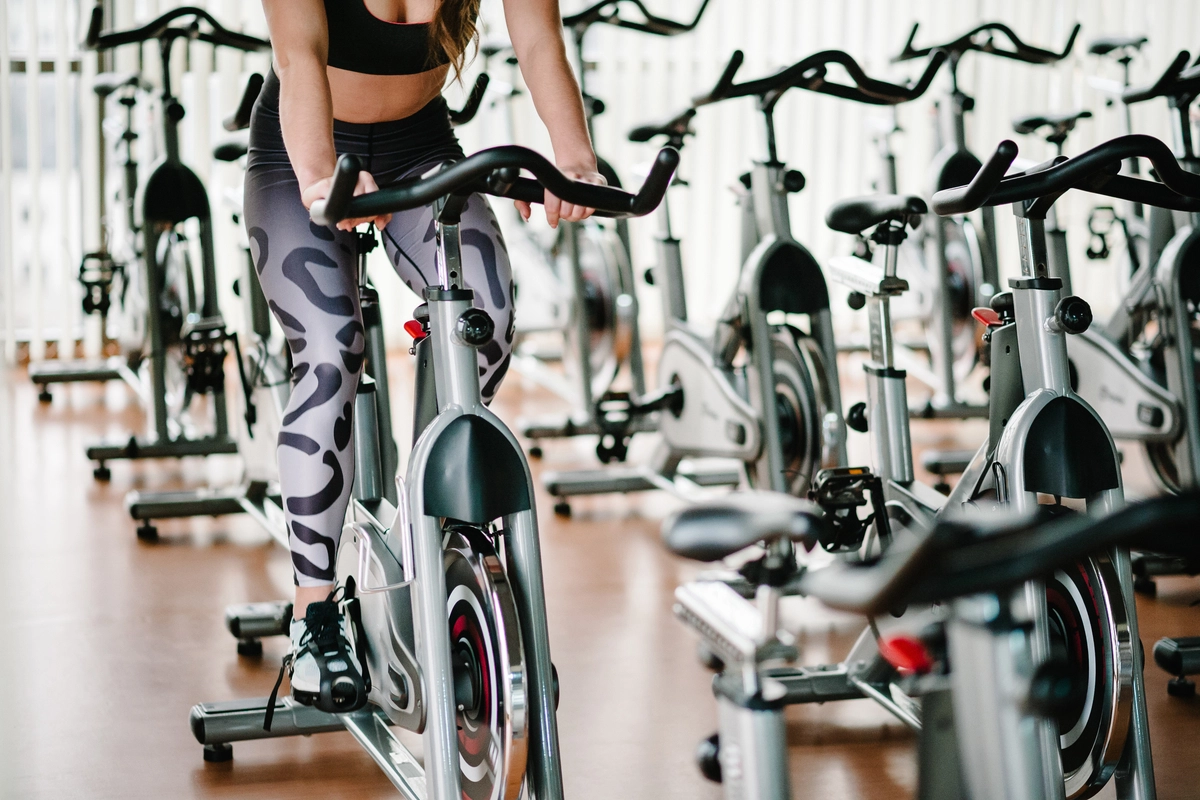PIlates and running are two excellent forms of exercise, although probably not two that you would think have much overlap in terms of benefits to your physical and mental health. You’d usually find runners and Pilates-goers to be two distinct groups, but they don’t need to be. If you’re a runner looking to enhance your training and prevent injury, incorporating Pilates into your routine can be a great way to achieve your goals.
Benefits of Pilates for runners
Pilates focuses on strengthening your core muscles, improving posture, and increasing flexibility. Originally developed by Joseph Pilates as a rehabilitative method, its origins aren’t as traditional as yoga, for example, and tends to take a more clinical approach to improving your balance and mobility. If you’re a runner, these benefits are particularly valuable. Strong core muscles can help to improve your running posture, reduce your risk of injury, and increase your overall strength and stability. Pilates can also help to improve your flexibility, which can lead to greater range of motion and more efficient running form.
Another benefit of Pilates for runners is that it can help to improve your mental focus and concentration. Pilates requires a significant amount of concentration and attention to detail, which can translate to better focus during your runs. Additionally, Pilates can help to reduce stress and tension, which can be beneficial for runners who may experience anxiety or nervousness before races.
Is Pilates good for runners?
Pilates is an excellent form of exercise for runners. It can help to improve your running performance by strengthening your core muscles, increasing your flexibility, and improving your mental focus and concentration. Additionally, Pilates is a low-impact form of exercise, which means it’s gentler on your joints than high-impact activities like running so can be incorporated into your weekly exercise routine without putting too much strain on your body.
How to combine Pilates with running
If you’re a runner looking to incorporate Pilates into your routine, there are a few different ways you can do so. Here are some tips:
- Start small
- Incorporate Pilates into your warm up and cool down
- Add Pilates to your cross-training routine
- Take a Pilates class on your rest day
Start small
If you’re new to Pilates, start with just a few exercises at a time. As you become more comfortable with the movements, you can gradually increase the length and intensity of your Pilates workouts. Try a beginner’s class so you can become familiar with the movements and see how the exercises affect you and your running.
Incorporate Pilates into your warm-up and cool-down
Before and after your runs, take a few minutes to do some Pilates exercises rather than the traditional leg swings and static stretches. Even a short Pilates sequence can significantly help to improve your flexibility and reduce your risk of injury, so allow a little extra time at the end of your run.
Add Pilates to your cross-training routine
If you’re already doing other forms of cross-training, like cycling or swimming, try adding Pilates to the mix. This can help to keep your workouts varied and prevent boredom.
Take a Pilates class on your rest day
Technically you should rest on your rest days, but if you want to make the most of your day off, why not try a Pilates class out? As it’s low-impact, it’s not going to tire you out or place any added stress on your joints or muscles. It also works complimentary muscles like your core, rather than over-working your legs like other classes might.
Pilates vs yoga for runners: Which is better?
Both Pilates and yoga can be beneficial for runners, but they have some key differences. Here are a few things to consider when deciding which one to incorporate into your workout routine.
Focus
As mentioned before, Pilates is a little more clinical in its focus, with classes helping you to strengthen your core muscles and improving posture. While yoga sits in the more holistic category of exercise. With a history that’s thousands of years old, there’s a fair amount of mindfulness about a yoga practice, even the most fitness-focused classes. It really depends which approach you prefer as you’re more likely to stick with the one you enjoy.
Core strength
Core strength is at the core (pun intended) of any PIlates practice, whereas it tends to be more of an extension of most yoga practices. So you won’t have a specific focus on core exercises in your typical yoga class, but you will work those muscles with poses like plank and chaturanga. So if you want to really blast those abs, go for Pilates.
Rehabilitation
While there are certain forms of yoga that take more of a focus on rehabilitation, many won’t. On the other hand, the origin of Pilates is in aiding recovery, which might make it more helpful for runners.
Ultimately, the best form of exercise for you will depend on your personal goals and preferences. If you’re looking to improve your core strength and running posture, Pilates may be the better option. If you’re looking for a more holistic form of exercise, yoga may be a better fit.
Pilates and running compliment each other well, and by incorporating Pilates into your routine, you can improve your running performance, reduce your risk of injury, and enhance your overall physical and mental health.





